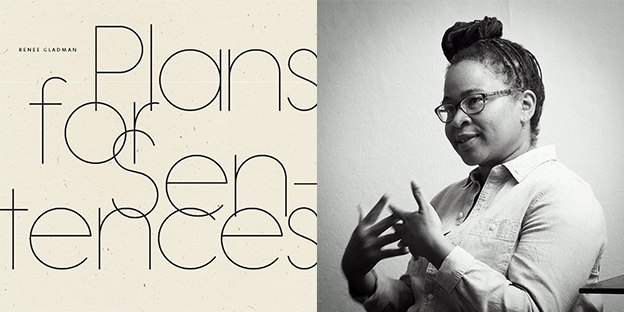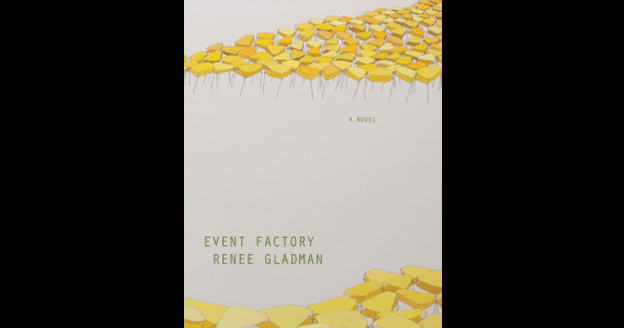One easily forgets that writing is an act of drawing. On this, Renee Gladman insists: “Drawing was a process of thought — that was true, and so, and especially, was writing.”[1] This notion can be grasped in two ways: on the one hand, inscription is visual. A letter is always a mark, something scrawled. It is only when the mark is given meaning that we come to know and understand it as writing, so that A is A. The architecture of shapes and lines become letters, words, writing.





